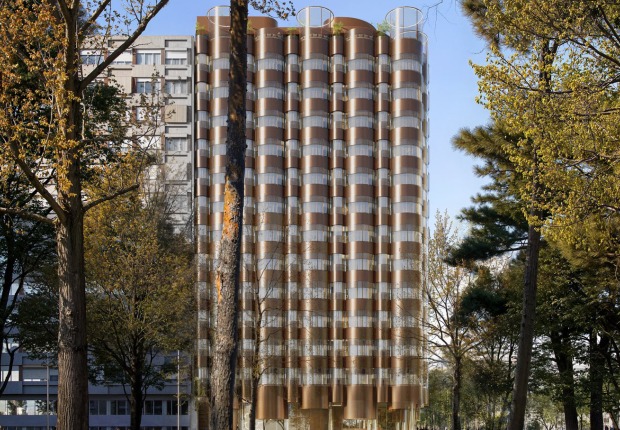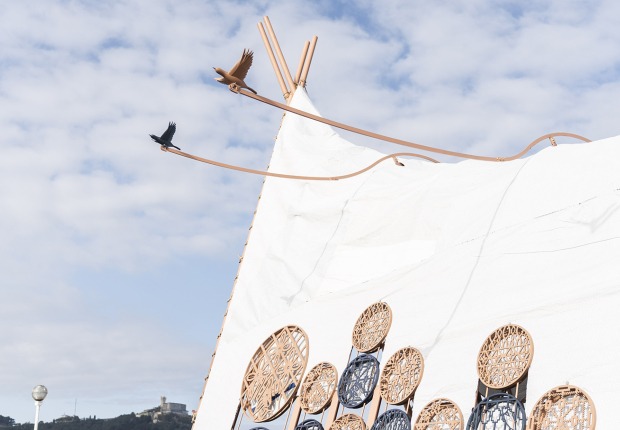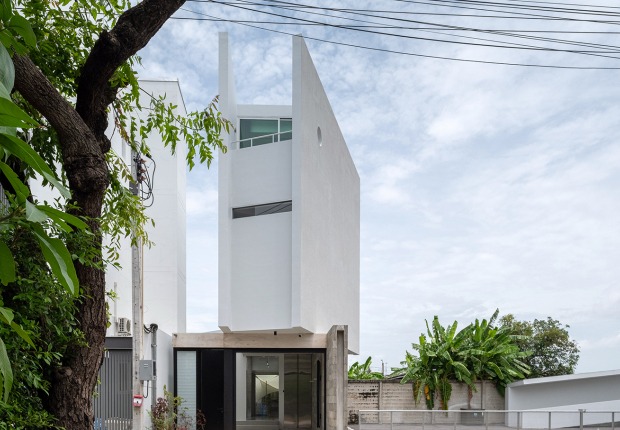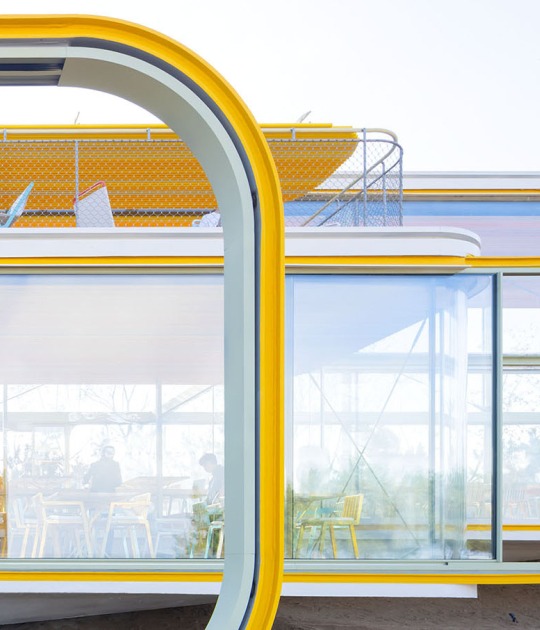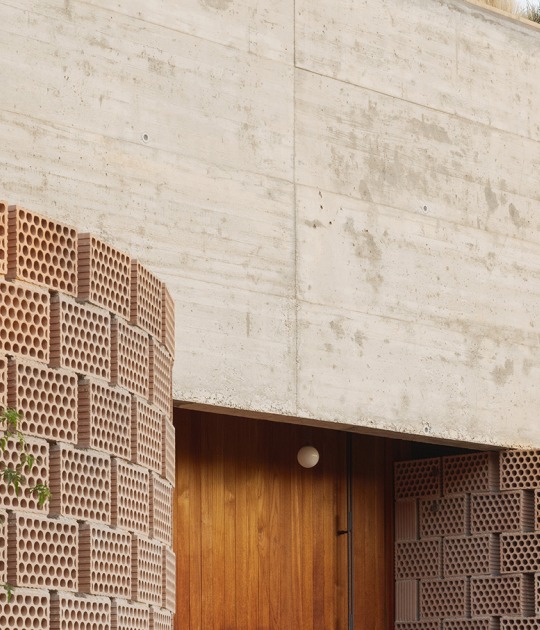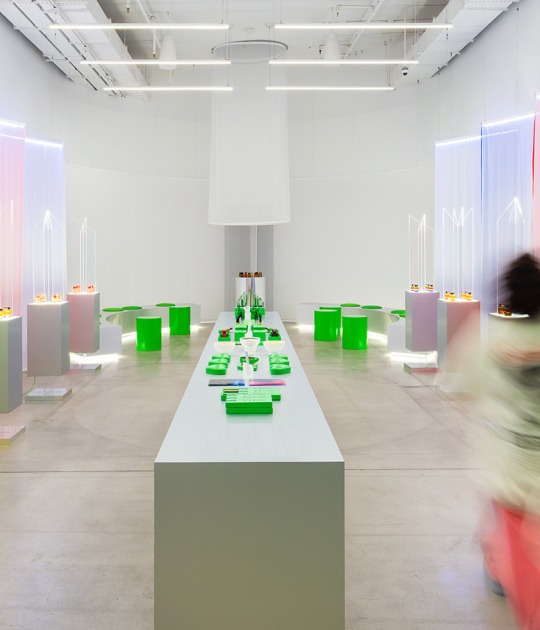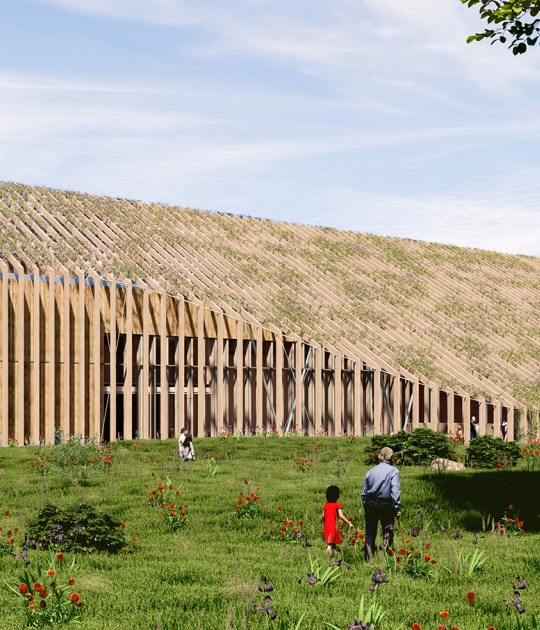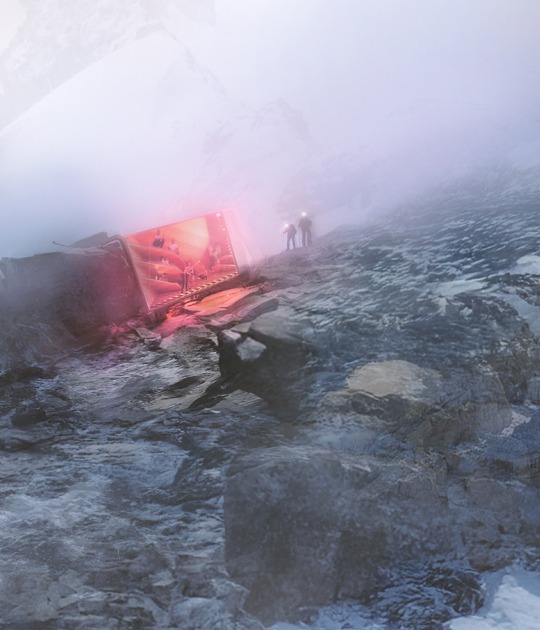The National Museum of Qatar is another eagerly anticipated project of Jean Nouvel after the Louvre Abu Dhabi Museum in Abu Dhabi, UAE, which officially set to open to the public last November 11, 2017.
Commissioned by Qatar Museums Authority (QMA), Jean Nouvel's design is inspired by the capricious shapes of the crystals of the so-called desert rose and situated around the original Emiri palace. The museum uses its expressiveness to establish a link between the Bedouin culture and global modernity. When completed, the Museum will celebrate the culture and heritage of Qatar and its people, embodying the pride and traditions of Qataris
The building, is a structural innovation bet encompassing a total of 53,000 sqm usable floor area, will include the 8,000 sqm of permanent exhibition space, 2,000 sqm area for temporary, rotating exhibitions, 220 seat auditorium, retail outlets, two restaurants and a café, a dedicated food forum, preserving culinary traditions, research centre and laboratories.
The National Museum of Qatar building is surrounded by a park of 112,000 m² that reinterprets the desert pavement of Qatar. At the southern end of the Corniche, the seaside promenade that runs through the bay of Doha, the museum is the first monument that can be seen on arrival at the new international airport; the building thus becomes the image of welcome to Qatar.
The museum is built around Sheikh Abdullah bin Jassim Al-Thani’s original palace – his family home and seat of the government for 25 years.
"Its mission is to tie the past of the Emirate, the central place it occupies today on the international scene and its future. The scenography will put into dialogue the national collections and the films directed by prestigious authors that will bring the museum galleries to life. The museum will also offer visitors the opportunity to discover the most outstanding Qatar sites and compare this live experience with the one that will be offered by the collections and the films," said Jean Nouvel.
Jean Nouvel's firm Ateliers Jean Nouvel has been working on the project since 2010. The building was originally scheduled to open in 2015 but due to a minor fire and the installation of art pieces has delayed the opening of the museum. The museum is officially planned to open to the public in December 2018.
The disks are made of steel truss structures assembled in a hub-and-spoke arrangement and are clad in glass fiber reinforced concrete panels. Columns concealed within the vertical disks carry the loads of the horizontal disks to the ground.
Glazed facades fill the voids between disks. Perimeter mullions are recessed into the ceiling, floor and walls, giving the glazing a frameless appearance when viewed from the outside. Deep disk-shaped sun-breaker elements filter incoming sunlight.
Like the exterior, the interior is a landscape of interlocking disks. Floors are sand-colored polished concrete, while the vertical disk walls are clad in 'stuc-pierre,' a traditional gypsum- and lime-blended plaster formulated to imitate stone. Thermal buffer zones within the disk cavities will reduce cooling loads, while the deep overhangs of the disks will create cool, shady areas for outdoor promenades and protect the interior from light and heat.
Steel and concrete, the main materials of the building, are locally sourced and fabricated. The landscaping will feature sparse native vegetation with low water consumption. Through these and other sustainability measures, the Museum is working to achieve a USGBC LEED Silver rating.
The Museum’s gardens are specifically designed for the intense climate of Qatar. Plantings will include native grasses and indigenous plants, such as pomegranate trees, date palms, herbs and the Sidra tree, the national tree of Qatar. Landscaping will feature sand dunes and stepped garden architecture to create sitting areas and spaces for the Museum’s programs of tours and garden lectures.
Ateliers Jean Nouvel is working with landscape architects Michel Desvigne Paysagiste, landscape engineering Aecom, Renaud Pierard for museography, dUCKS scéno for scenography, Gehry Technology for BIM Managament on this project.







